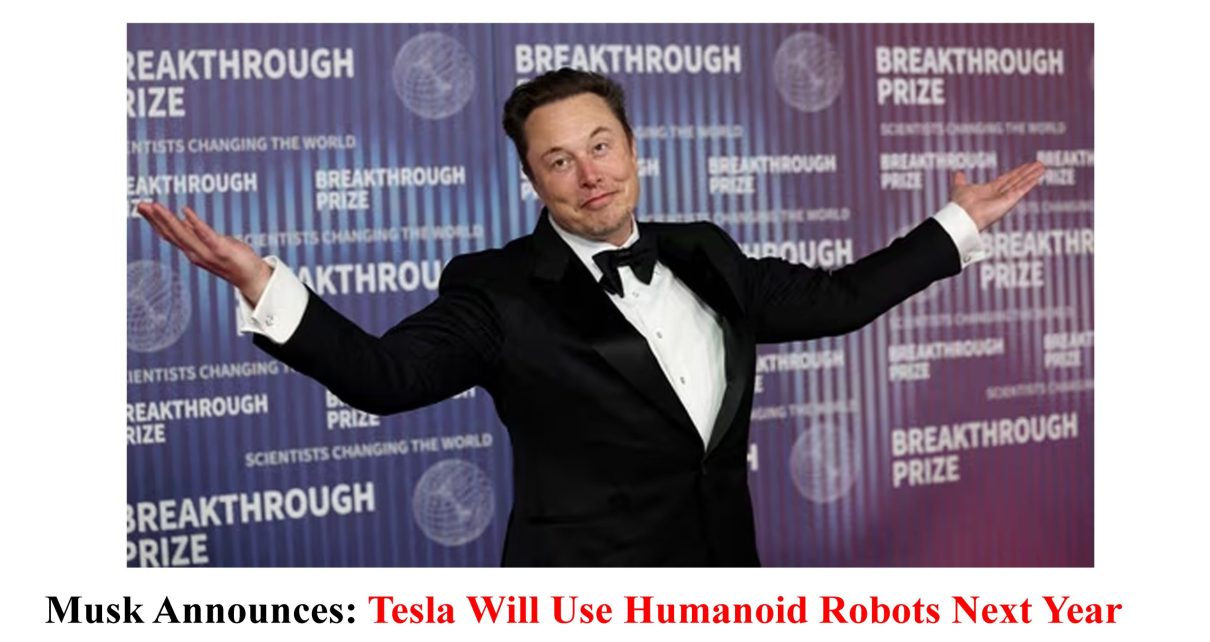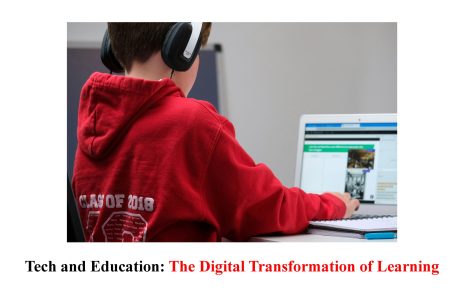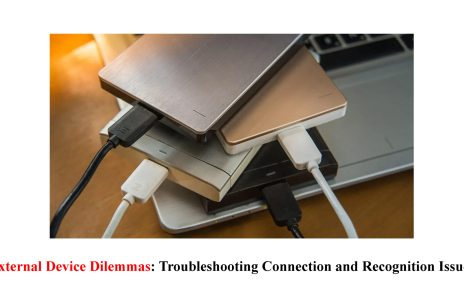Introduction to the announcement made by Elon Musk
Elon Musk has done it again! The visionary CEO of Tesla recently dropped a bombshell announcement that has the tech world buzzing: Tesla will use humanoid robots next year. This bold step hints at a future where machines and humans collaborate in unprecedented ways, raising questions about possibilities we once thought were confined to science fiction. As excitement builds, many are eager to uncover what these humanoid robots could mean for our daily lives and the workforce as we know it. Let’s dive into this groundbreaking development and explore what lies ahead for Tesla and humanity alike.
Background on humanoid robots and their potential uses
Humanoid robots have long captured the imagination of scientists and innovators. These machines are designed to mimic human appearance and behaviors, providing a versatile platform for various applications.
Their potential is vast, from healthcare assistants helping with elderly care to personal companions enhancing everyday life. In manufacturing, they can streamline processes by performing tasks that require dexterity and precision.
Moreover, humanoid robots hold promise in education. They can engage students in interactive learning experiences, making complex subjects more accessible.
With advancements in artificial intelligence and robotics technology, these machines are becoming increasingly capable. As their abilities grow, so do the possibilities for integration into our daily lives—transforming industries one task at a time.
Details of Tesla’s humanoid robot design
Tesla’s humanoid robot, known as Optimus, is designed with a sleek and functional aesthetic. Standing at about 5’8″, it has a lightweight frame made from advanced materials. This not only enhances mobility but also contributes to its energy efficiency.
The robot boasts dexterous hands capable of handling everyday objects. Each hand features multiple joints that allow for intricate movements. This design aims to enable the robot to perform tasks ranging from manufacturing assistance to basic household chores.
Equipped with an array of sensors, Optimus can navigate complex environments safely. Cameras and ultrasonic sensors provide real-time data for obstacle detection and interaction with humans.
Moreover, Tesla plans to integrate AI capabilities in its software. This means the robots will learn and adapt over time, improving their performance based on experiences gathered in different settings.
Such advancements make the potential applications of this technology truly exciting.
Potential impact on the workforce and society
The introduction of Tesla’s humanoid robots could reshape the workforce profoundly. Jobs that require repetitive tasks may become automated, leading to increased efficiency and reduced costs for companies.
However, this shift raises concerns about job displacement. Many workers might find their roles obsolete as robots take over mundane tasks. The transition could be challenging for those unprepared for a tech-driven economy.
Society might also experience changes in daily life. With humanoid robots performing various functions, from manufacturing to caregiving, human interaction may decrease in certain sectors.
On the flip side, there’s potential for new job creation in robotics maintenance and programming fields. As industries adapt to this technology, upskilling will be essential to ensure a smooth integration into everyday operations.
How we embrace these advancements will define our future workplace dynamics and social interactions significantly.
Criticisms and concerns surrounding the use of humanoid robots
Critics have raised alarms about the rapid integration of humanoid robots into various sectors. One major concern revolves around job displacement. Many fear that these advanced machines could replace human workers, leading to higher unemployment rates.
Ethical considerations also come into play. Questions arise regarding autonomy and decision-making capabilities of robots designed to mimic humans. Should they have rights? How do we ensure they’re programmed with moral guidelines?
Data privacy is another significant issue. As humanoid robots become more prevalent, the potential for misuse of personal information increases.
There’s anxiety surrounding dependency on technology. Relying heavily on machines may erode essential skills in workforce dynamics, creating a gap between human abilities and robotic efficiency. These concerns underscore the need for careful planning as we navigate this technological frontier.
Comparison to other companies using similar technology
Tesla’s ambitions in humanoid robots put it in a competitive landscape. Other tech giants are also exploring this space. Companies like Boston Dynamics have made headlines with their agile robots capable of complex tasks.
Then there’s SoftBank’s Pepper, designed for customer interaction and emotional engagement. These examples highlight different applications beyond Tesla’s focus on manufacturing and automation.
Amazon is another player, using robotic technology extensively in its warehouses. Their systems enhance efficiency but lack the humanoid aspect Tesla aims to achieve.
Each company approaches robotics differently, targeting unique market needs. While Tesla envisions a future where machines mimic human behavior closely, others prioritize functionality over form.
As competition heats up, innovation will likely accelerate across the board. The race towards advanced robotics promises intriguing developments ahead for industries worldwide.
Conclusion
Elon Musk has once again captured the world’s attention with his announcement that Tesla will use humanoid robots next year. This development not only showcases Tesla’s innovative spirit but also hints at a revolution in automation and robotics.
Humanoid robots have long been the stuff of science fiction, but their potential uses are becoming more tangible. From assisting in manufacturing to providing assistance in healthcare settings, these robots could significantly change how we approach various tasks. The possibilities are endless, limited only by our imagination and technological advancements.
Tesla’s design for its humanoid robot is intriguing. With advanced sensors and AI capabilities, it aims to work alongside humans seamlessly. The focus on safety and efficiency suggests that Tesla is committed to integrating this technology into everyday life without disrupting existing workflows.
The introduction of humanoid robots may lead to significant changes in the workforce landscape. Jobs traditionally held by humans might be taken over by machines capable of performing those roles more efficiently. While this raises concerns about job displacement, it could also create new opportunities within tech and engineering sectors as demand for overseeing robotic systems grows.
Criticism surrounding humanoid robots often centers on ethical implications such as privacy concerns and their impact on human interaction. Many worry about losing jobs or facing an increase in inequality due to unequal access to these technologies.
Other companies like Boston Dynamics have already begun implementing similar robotic innovations across different industries which adds context to Musk’s bold venture into this realm. Their experiences can offer valuable lessons for Tesla as they navigate uncharted territory with their own designs.
With each passing day, advancements continue towards a future where humanoid robots play a crucial role in everyday life—particularly within industrial contexts where efficiency reigns supreme. As society grapples with both the benefits and challenges presented by these technologies, it’s clear we’re standing on the brink of something transformative.



